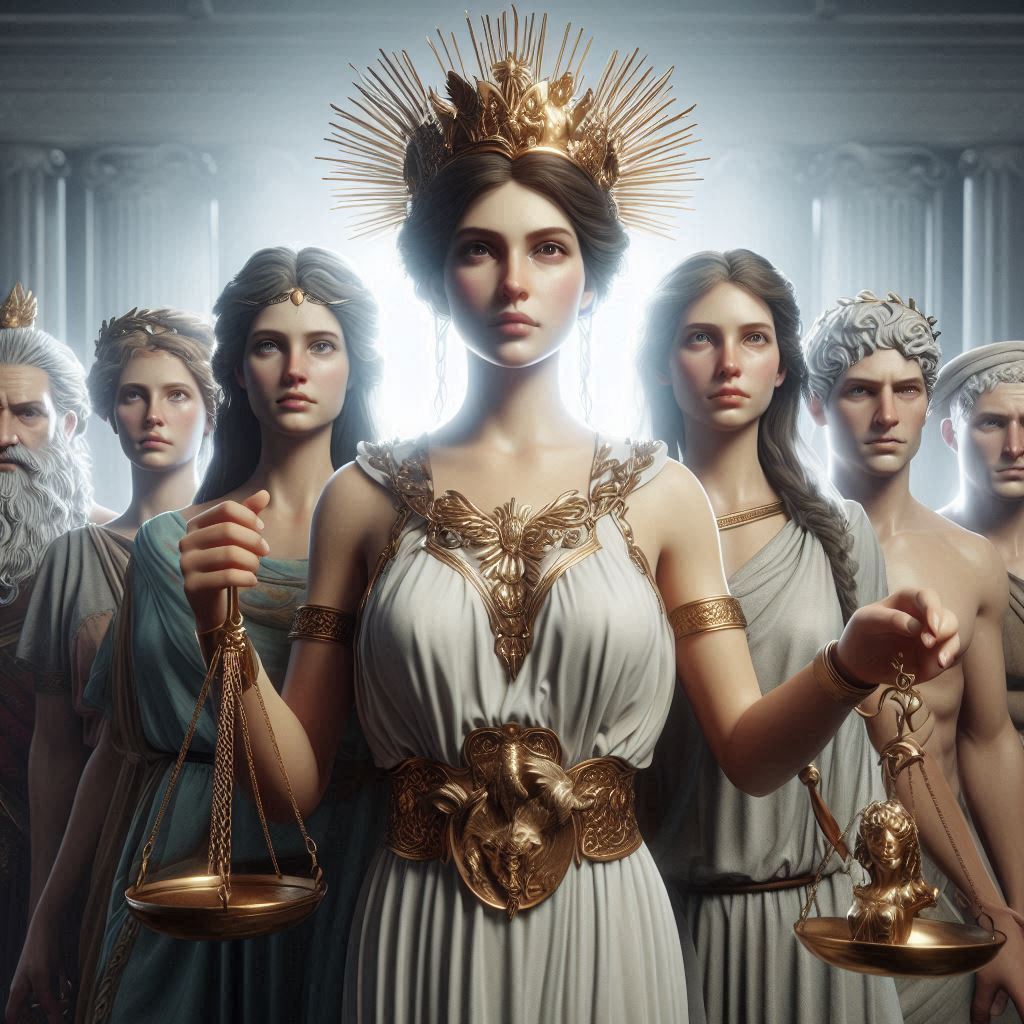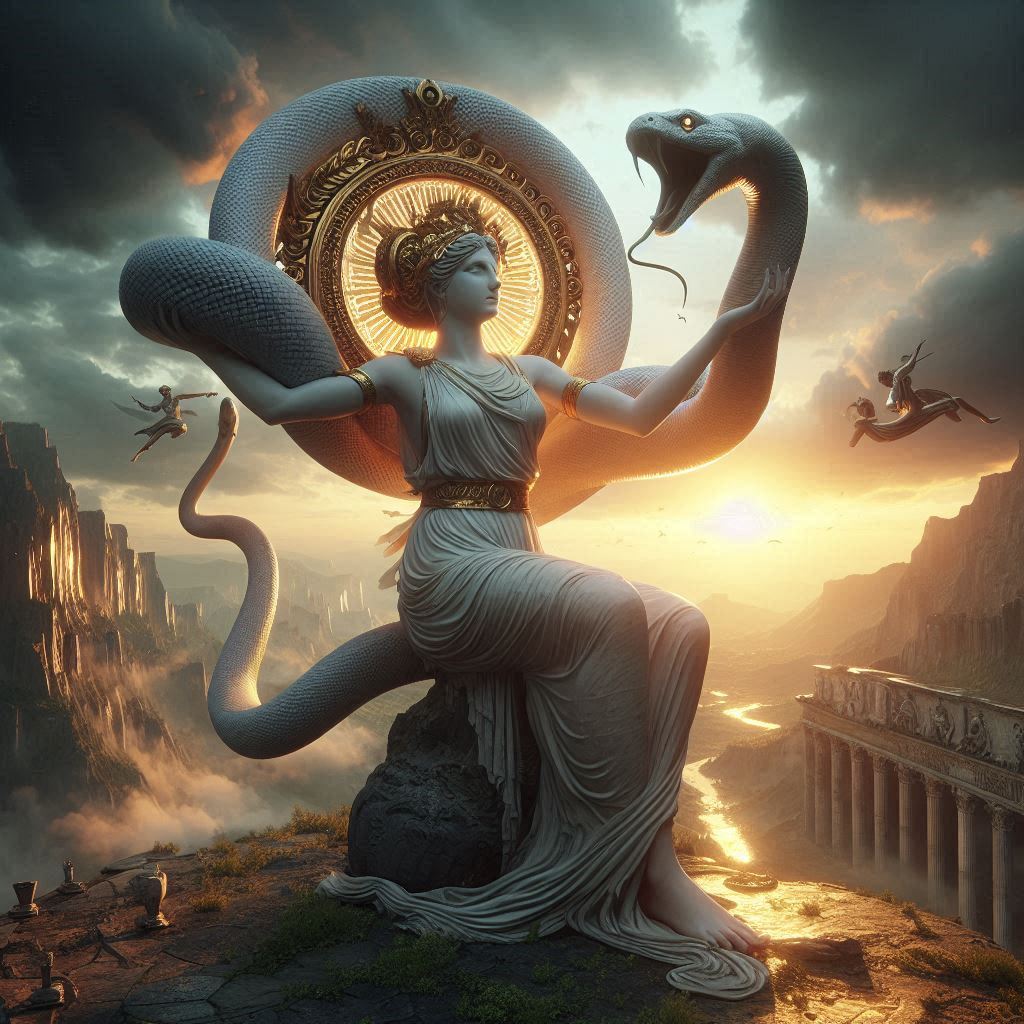Table of Contents
Dream of the Red Chamber by Cao Xueqin is among China’s most celebrated literary works, often lauded for its detailed portrayal of Qing Dynasty society and its philosophical depth. This essay will explore the novel’s thematic richness, historical context, and social commentary, particularly emphasizing the interplay of family structure, class distinctions, and personal identity within a Confucian framework.

Historical Context and Significance
Written during the 18th century, Dream of the Red Chamber (also known as The Story of the Stone) offers a glimpse into the declining years of the Qing Dynasty, capturing the complexities of a waning aristocratic society. Cao Xueqin belonged to a prestigious family, which at one time enjoyed imperial favor before suffering a dramatic fall from grace. This background provides a poignant layer to the novel, as Cao Xueqin’s depictions of familial strife and societal pressures echo his own experiences.
The novel became widely influential and is considered one of China’s Four Great Classical Novels. More than a story, it represents an enduring allegory of human relationships, the impermanence of fortune, and the psychological struggles between personal desires and societal expectations. Dream of the Red Chamber offers a rich tapestry of Chinese culture, imbued with symbols, allegories, and metaphors that touch upon Confucian, Daoist, and Buddhist beliefs. Through its detailed narrative, it raises universal questions about the meaning of life, love, and ambition within the framework of a rigid social structure.
Plot Overview and Structure
The novel primarily follows the fortunes of the Jia family, an aristocratic household on the brink of financial and moral ruin. The central character, Jia Baoyu, is a sensitive and unconventional young man who defies the expectations of his lineage. His complex relationship with his cousin Lin Daiyu, a sickly but spirited girl, forms the emotional core of the novel, while his cousin Xue Baochai embodies the traditional Confucian virtues Baoyu is expected to admire. Baoyu’s journey through love, loss, and eventual spiritual awakening is interwoven with the rise and fall of his family, as the Jia clan grapples with internal corruption, economic decay, and external political forces.
Structurally, the novel is segmented into multiple chapters, with a web of subplots featuring numerous characters. This narrative complexity allows Cao to examine the lives of various social classes and gender roles within Chinese society. The intricate plot reveals a wide array of personalities and relationships, all of which serve to underscore the transient nature of human happiness and the often harsh realities of social hierarchy.
Themes of Social Hierarchy and Confucian Values
At the heart of Dream of the Red Chamber lies an exploration of Confucian values, especially as they relate to family hierarchy and social roles. The novel painstakingly examines the different statuses within the household, portraying the distinct lives of the servants and the family members. Cao critiques the rigidity of these structures, as they trap individuals in specific roles, often leading to tragic outcomes. For instance, Baoyu’s disdain for officialdom and his reluctance to conform to societal expectations directly conflict with the values upheld by his family, exposing the tensions between personal freedom and familial duty.
Gender roles and the subordinate position of women in society are also central themes. Cao Xueqin’s portrayal of female characters is notably empathetic, revealing the limited agency of women even in privileged households. Lin Daiyu’s fragility, Baochai’s compliant nature, and other female characters’ struggles reflect a critique of a patriarchal system that marginalizes and confines women, regardless of their talents or desires.
Love and Desire: Baoyu, Daiyu, and Baochai
The love triangle between Jia Baoyu, Lin Daiyu, and Xue Baochai exemplifies the clash between passion and duty. Baoyu and Daiyu share a bond marked by emotional intensity and spiritual depth, symbolizing a form of love that transcends societal conventions. However, their relationship is ultimately doomed by familial pressures and societal expectations. Baochai, on the other hand, represents Confucian ideals and pragmatism; her marriage to Baoyu is arranged in accordance with the wishes of the family, but it lacks the emotional intimacy he shares with Daiyu.
The contrast between Daiyu’s romantic idealism and Baochai’s practical approach underscores a broader tension within the novel: the conflict between genuine emotional expression and adherence to social norms. In this light, Baoyu’s struggle is emblematic of the quest for individual authenticity in a world that prioritizes conformity and duty over personal happiness.
Buddhist and Daoist Philosophy: Transience and Enlightenment
Underlying the social and emotional struggles within Dream of the Red Chamber are Buddhist and Daoist philosophies, particularly the idea of impermanence. Characters experience love, joy, and suffering, yet all their efforts to find lasting happiness or stability are thwarted. This recurring theme of transience mirrors Buddhist teachings on the ephemeral nature of worldly attachments. Throughout the novel, Baoyu is drawn towards spiritual exploration, symbolized by his interactions with a Buddhist monk and a Daoist priest. His ultimate renunciation of worldly life suggests a path toward enlightenment, a rejection of societal constraints in favor of spiritual liberation.
Cao’s use of Daoist and Buddhist imagery, including dreams and omens, enriches the narrative, imbuing it with a mystical quality. These elements not only highlight the spiritual undertones of Baoyu’s journey but also reflect Cao’s own philosophical musings on life’s meaning and purpose. The spiritual undercurrents act as a counterbalance to the more rigid Confucian structures within the Jia household, offering an alternative perspective that emphasizes inner peace over social success.
Symbolism and Allegory
The novel is dense with symbols and allegorical references. The “red chamber” itself is symbolic, often interpreted as representing the world of young women, whose lives are confined by family walls. It can also be seen as a symbol of the transient pleasures of life and the futility of human endeavor. Objects, dreams, and even poems within the narrative carry layered meanings, contributing to the philosophical depth of the work.
For instance, the stone in the title has often been read as an allegory for the human soul, tossed between heaven and earth, seeking a sense of belonging. Similarly, the constant references to dreams suggest a blurring of reality and illusion, echoing Buddhist concepts of life as a fleeting, dreamlike state.
Conclusion: An Enduring Legacy
Dream of the Red Chamber is a profound exploration of human emotion, societal pressures, and spiritual awakening, set against the backdrop of a society in decline. Through the rise and fall of the Jia family, Cao Xueqin not only critiques the excesses and corruptions of aristocratic life but also delves into universal themes of love, duty, and self-discovery. The novel’s intricate interplay of Confucian, Daoist, and Buddhist ideals reflects the multifaceted nature of Chinese philosophy, while its character-driven narrative brings these abstract concepts to life in a way that is both accessible and deeply moving.
As one of the pinnacles of Chinese literature, Dream of the Red Chamber continues to captivate readers with its timeless depiction of human nature, making it a work of great philosophical and cultural significance. Its themes remain relevant today, as they grapple with the same existential questions, societal pressures, and spiritual dilemmas that shape human life across generations.


No responses yet